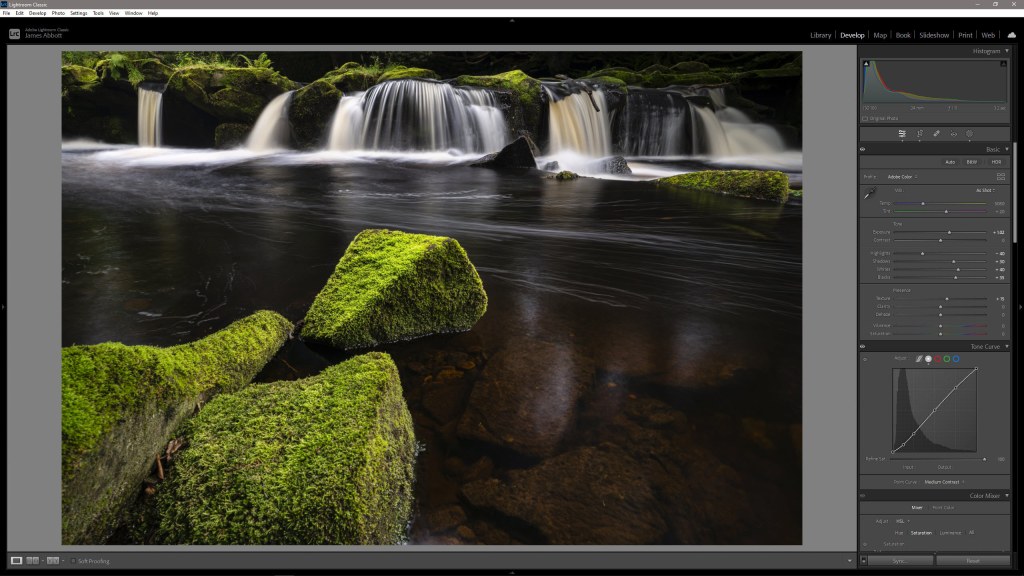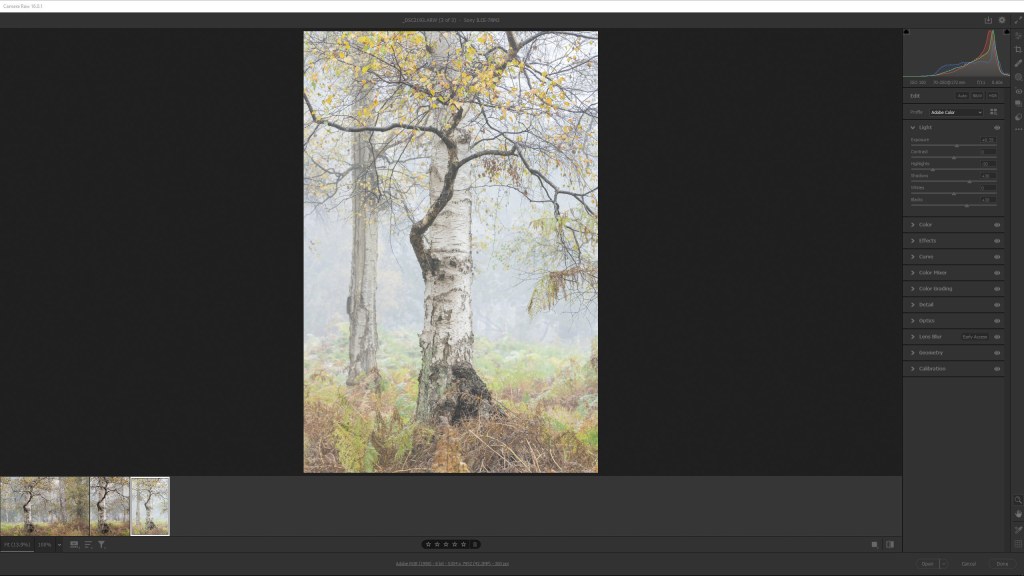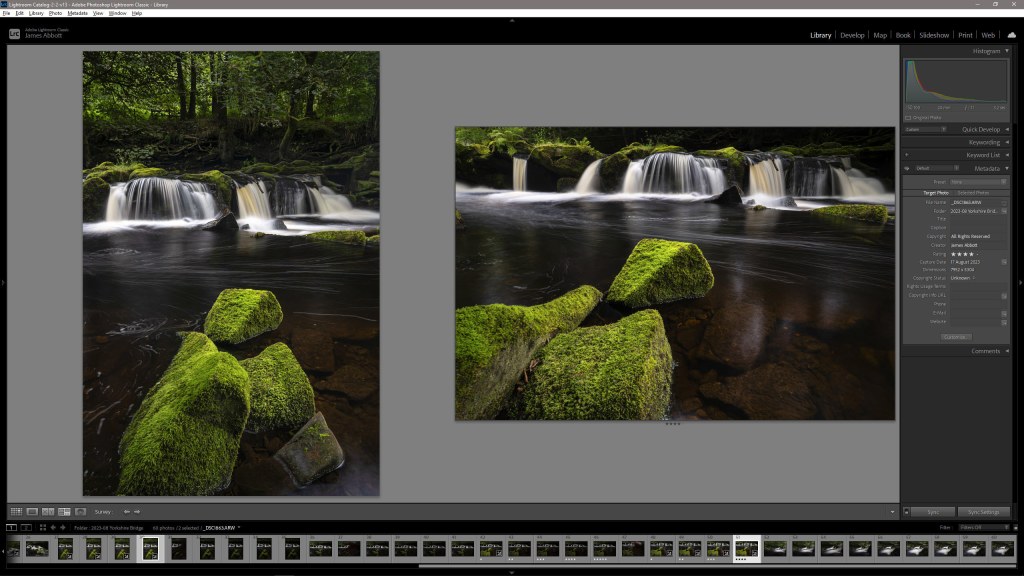With both Photoshop and Lightroom being available in the Adobe Creative Cloud Photography Plan, and well known as some of the best photo editing software available, James Abbott discusses whether Adobe Camera Raw and Bridge have had their day.
When I first started using Photoshop seriously in 2005, Photoshop CS2 was the current version of the software which was launched that same year. It was a huge upgrade from Photoshop 7.
The CS2 version of Photoshop (and Creative Suite CS2) marked a turning point with the launch of Adobe Bridge, which as digital asset management software, provided a place where you could organise, view, rate and open raw files in Adobe Camera Raw, and other file types in Photoshop with ease.
It was essentially an early version of the Library Module in Lightroom. Adobe Camera Raw had been introduced with Photoshop CS1 back in 2003, and was finally complemented by a great way to view and manage photos – meaning Bridge was a huge and welcome upgrade.
You may have noticed that I’ve talked about what Bridge can do in the past tense, and that’s not an accident: I don’t know any photographers who still use the software.
I also can’t recall any photographers in the last 10 years who have told me that they still use Adobe Camera Raw, whereas many amateur photographers I’ve met have told me that they only use Lightroom and have no need for Photoshop, despite subscribing to the Photography Plan, which includes Photoshop.
So, it’s this, alongside my own desertion of Bridge and Adobe Camera Raw that got me thinking, are Adobe Camera Raw and Bridge effectively dead and, ultimately, pointless these days?
There will, without a doubt, be some photographers out there using these software options, the law of averages dictates this. But I’m convinced that the numbers are already low in the grand scheme of things and continually dwindling.

Bridge allows you to view multiple images and view detail with a digital loupe rather than fully zooming in
Going back to my early Photoshop days, having Bridge and Adobe Camera Raw provided a great workflow at the time. And I have to confess that even when Lightroom 1.0 was released in 2007, I didn’t make the switch to Lightroom until the second version, where features improved a little and made it a more worthwhile alternative. That was back in 2008, and since then I, like most photographers, have enjoyed the fluid workflow provided by Lightroom and continually improved features delivered with software updates.
This certainly doesn’t mean that Bridge and ACR were obsolete for photographers at this point; they remained useful up until the time when Photoshop and Lightroom became available subscription only.
Before the arrival of Creative Cloud (after CS6), Lightroom and Photoshop were available separately, so continuing to use Bridge and ACR made perfect financial sense because you essentially had all of the same tools available to you and the same image processing engine. The main difference is the workflow and the layout of controls in ACR compared to Lightroom.
It was only when Lightroom and Photoshop became available subscription only that everything changed because although you were still getting Bridge within the Photography Plan, and continue to do so, Lightroom is undoubtedly better than Bridge and ACR.
There’s no getting away from the fact that for photographers, Lightroom provides the most streamlined workflow, simply down to the fact that the Library and Develop Modules provide both image management of multiple file types and raw processing in a single interface.
You can even process other file types, such as JPEGs, TIFFs and PSDs in the Develop module. Processed raw files can be exported from Lightroom quickly and easily into other formats, with the ability to open them directly in Photoshop, and/or you can open processed raw files in Photoshop where they can then be saved in another format, or open several raw files as Layers among other options. You can do this between Bridge, ACR and Photoshop, but some processes can be clunky and far from intuitive.

With a single user interface, Lightroom provides a more fluid workflow than Bridge and Adobe Camera Raw although both approaches essentially do the same thing
From my point of view, it’s this streamlined workflow and that you’re already paying for Lightroom which make it the far superior option. Bridge and ACR once offered the only option, then an alternative money-saving option, but now they’re pretty much obsolete for the vast majority of photographers.
That doesn’t mean it’s completely dead in the water though, because for designers and even photographers working across multiple Adobe Creative Cloud apps such as InDesign and Illustrator etc., Bridge still provides a simple solution for managing image assets.
The views expressed in this column are not necessarily those of Amateur Photographer magazine or Kelsey Media Limited. If you have an opinion you’d like to share on this topic, or any other photography-related subject, email: ap.ed@kelsey.co.uk
Related reading:
- Best Free Adobe Lightroom Presets
- How to edit photos – guide to Adobe Photoshop Elements 2024
- Adobe Photoshop and Premiere Elements 2024 get more AI tools
- Best subscription-free photo editing software
Follow AP on Facebook, Twitter, Instagram, YouTube and TikTok.









